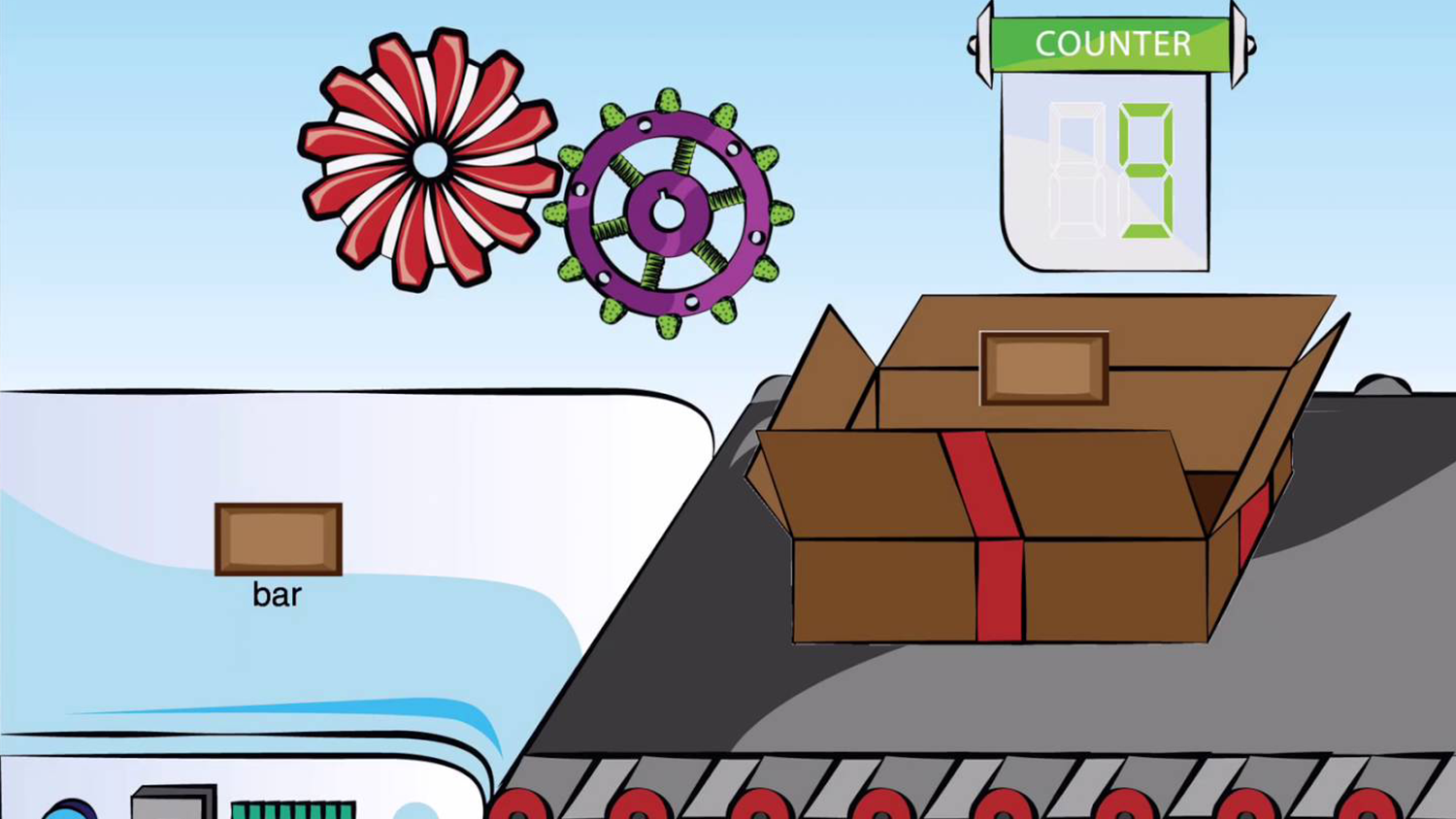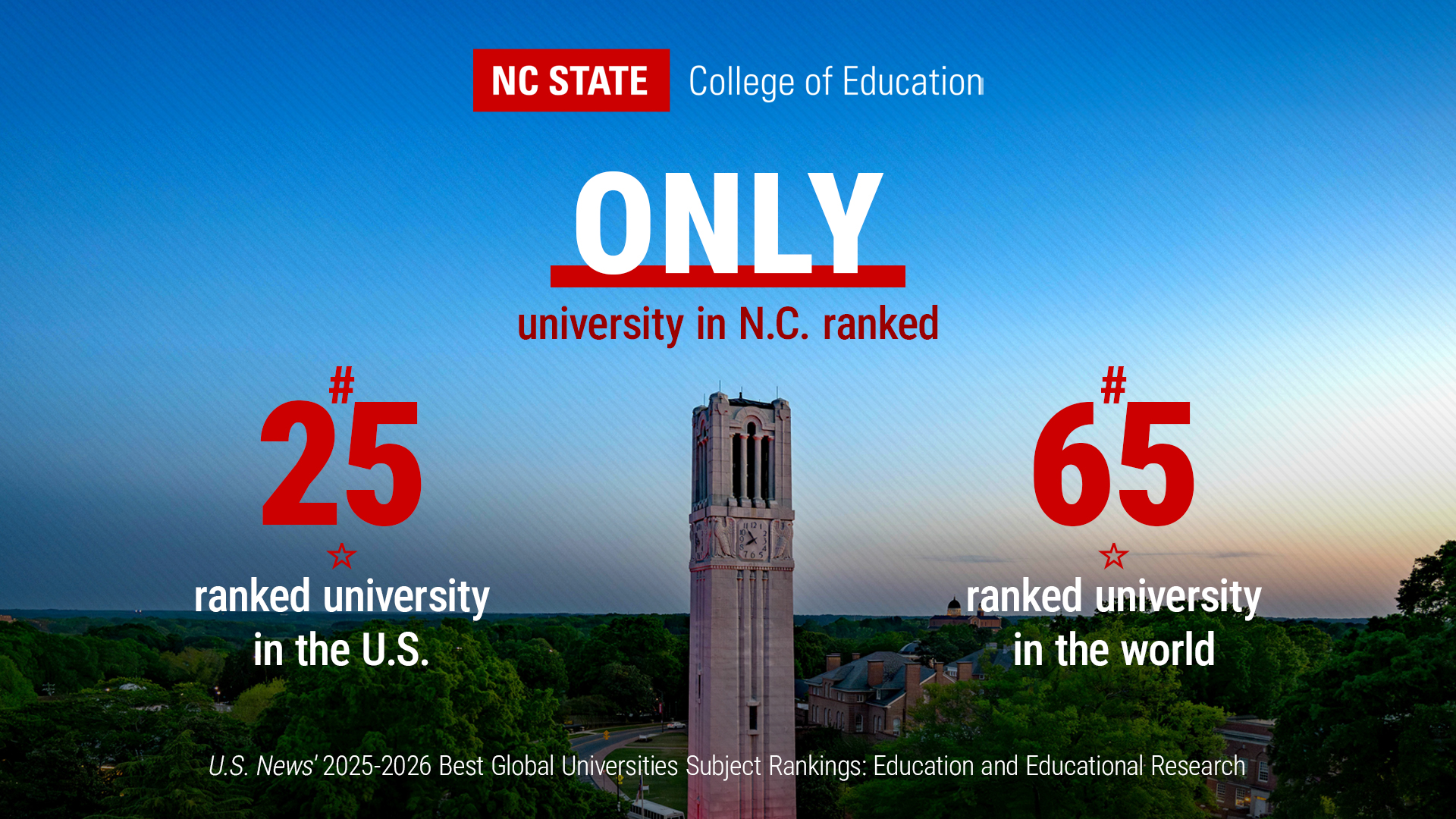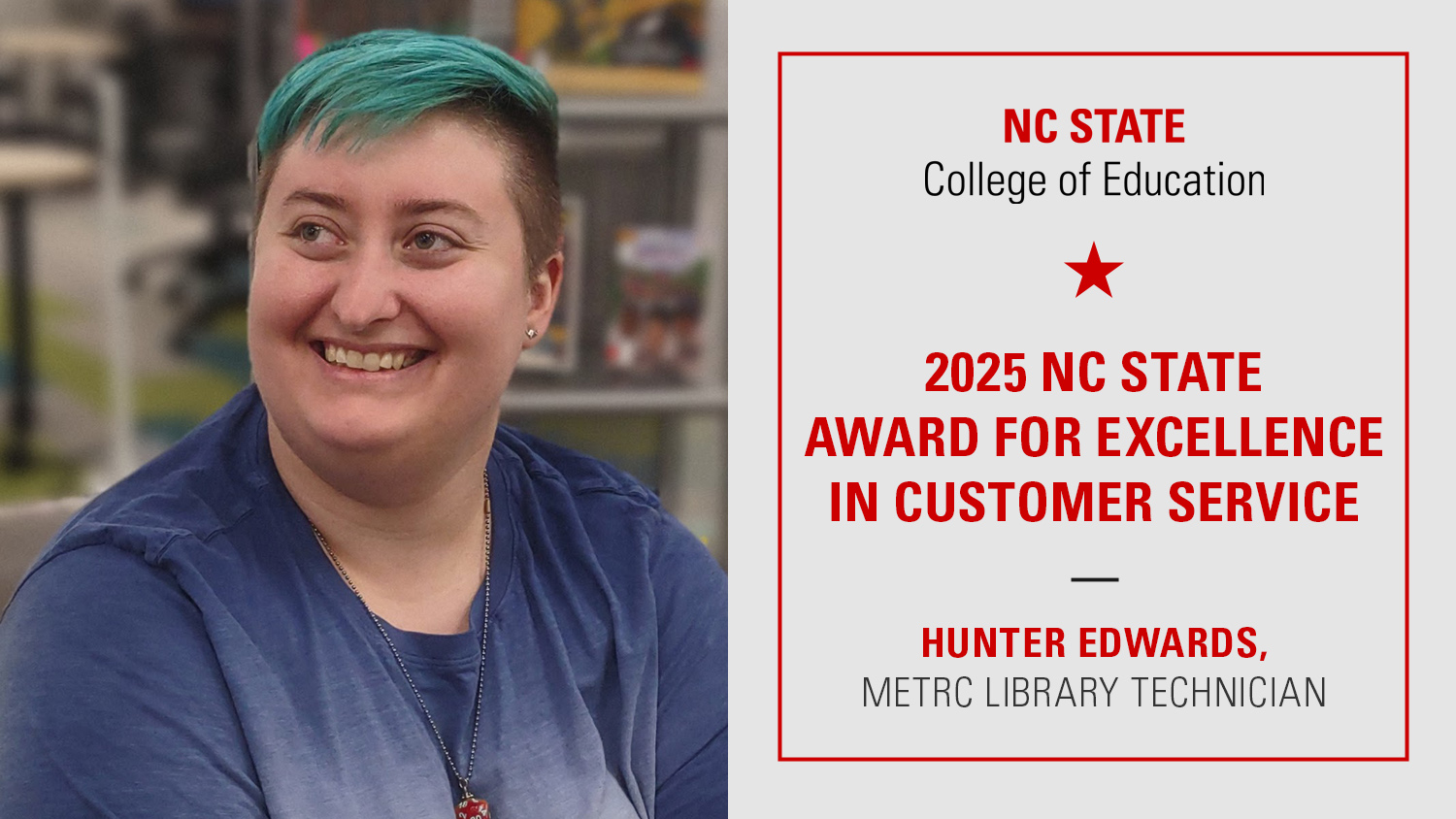College of Education Professor’s App Garners National Recognition

Dr. Michael A. Evans, a professor of digital learning and teaching, has created a nationally-recognized educational phone app that helps students learn about fractions and functions through game-based learning. With more than 40,000 app downloads since its launch, Candybot is creating a new way for educators to teach.
Recently, Candybot was awarded Best Educational App of 2015 by Balefire Labs, an organization that helps navigate the world of digital education tools. To determine the top contenders, Balefire Labs looked at more than 1,200 apps, selecting only 16 to win this coveted prize.
To learn more about Candybot, we spoke with Dr. Evans about his process and success.
Please tell us more about your app Candybot.
CandyBot is an educational game designed to support students’ learning about fractions and functions. Players program a robot by creating functions. The main goal of the game is to train the robot to efficiently satisfy customer orders for candy bars—orders that include improper fractions and mixed numbers. CandyBot should help students learn to use symbols to represent functions that transform inputs into desired outputs.
 What was the process for creating the app?
What was the process for creating the app?
The team was comprised of investigators from instructional design, developmental psychology, educational research, mathematics education, and software engineering. We also worked with undergraduates in graphic and sound design. The team worked closely with ten middle school mathematics teachers in Virginia to ensure that the game retained rigor in terms of learning fractions and functions. Moreover, the team adhered closely to best practices in game development, user experience, and visual communication.
Why did you create this app? How do you believe it will help students learn?
We wanted to take advantage of well-designed games that are inherently engaging, thus encouraging players to spend more time learning and practicing. To be successful, the player must program the robot to slice and bundle various units to complete a wider and wider array of customer orders. The following principles were incorporated into the game to ensure that learning would take place:
- CandyBot incorporates slicing and bundling to mediate partitioning and iterating actions.
- CandyBot involves coordinating various kinds of units, including composite units and unit fractions.
- Game play is enhanced through the use of achievements to encourage students to replay until they master related concepts.
- CandyBot features a colorful interface with large gaming elements to enhance game interaction.
- Simple game gestures (physics) are incorporated in an effort to satisfy universal design considerations.
Congratulations to Dr. Evans and Candybot team!
- Categories:


